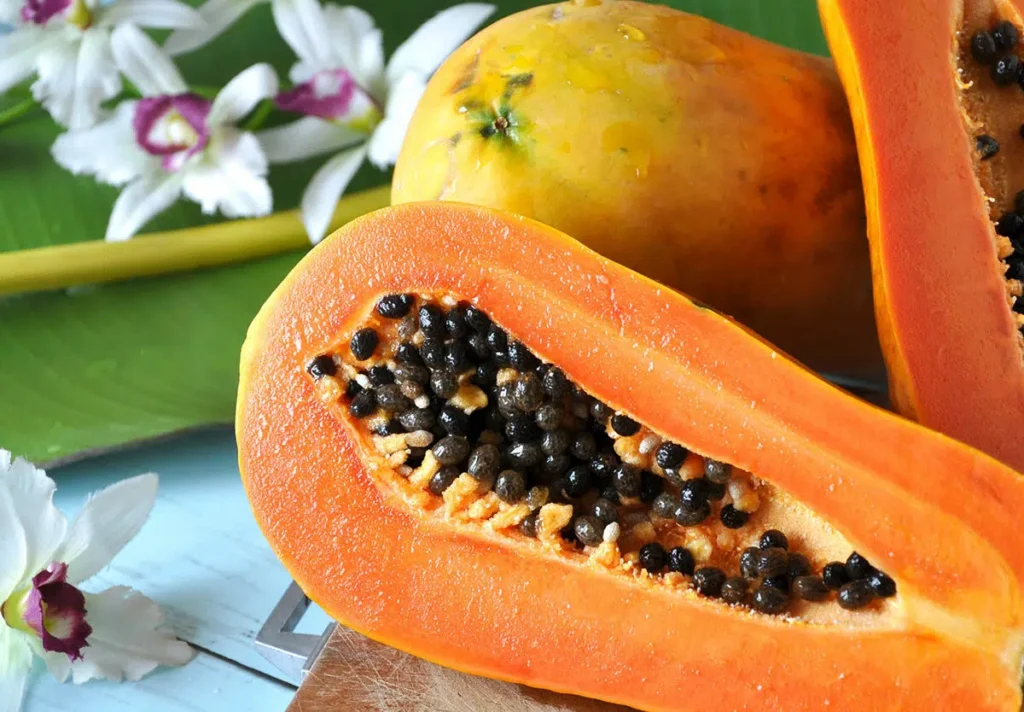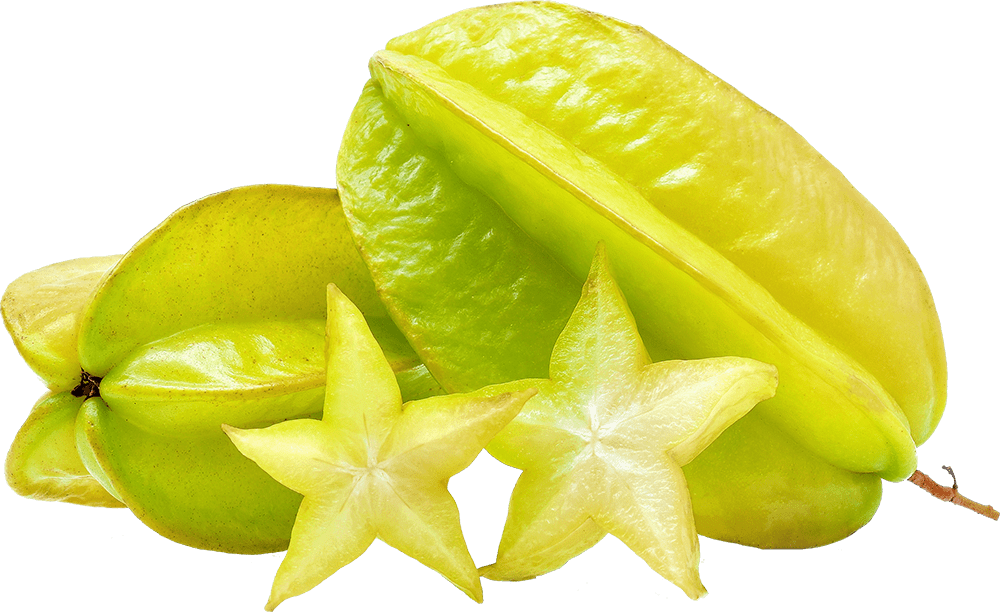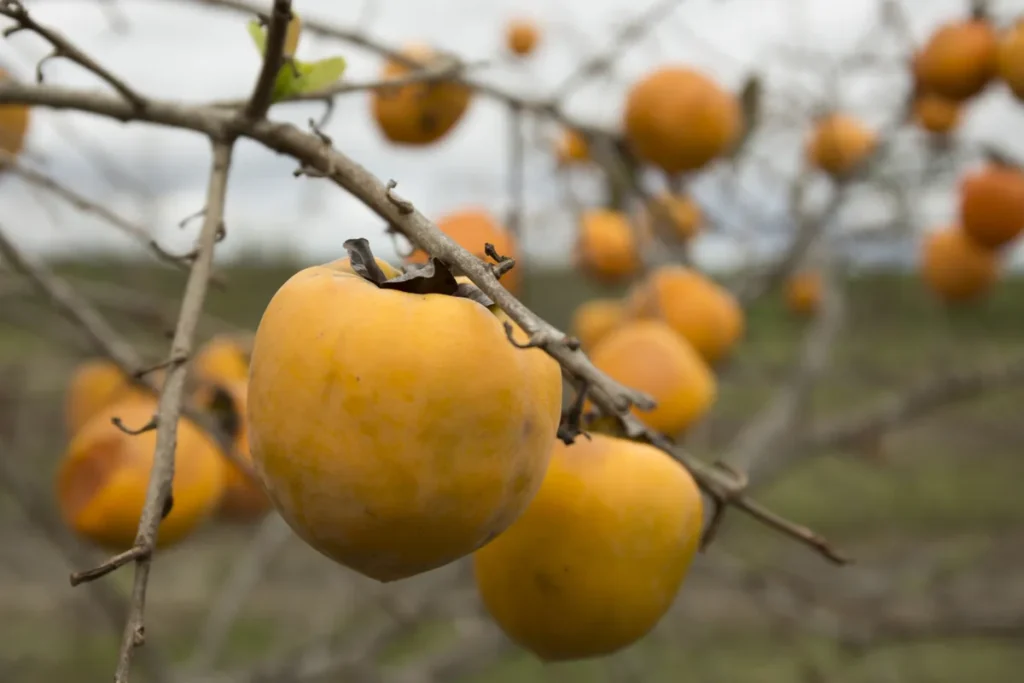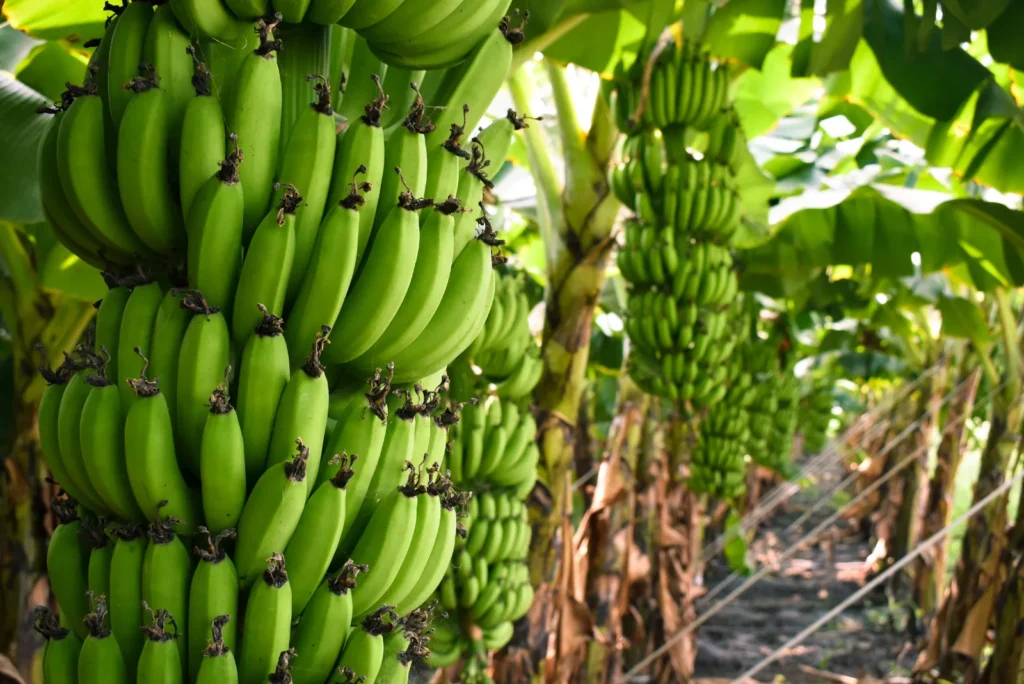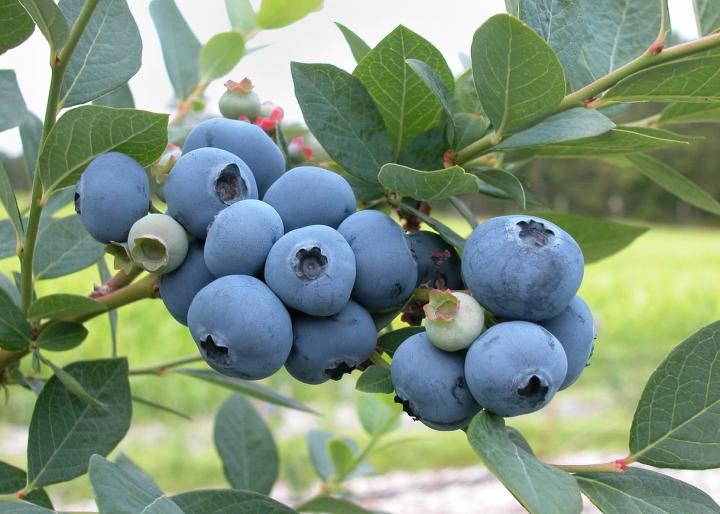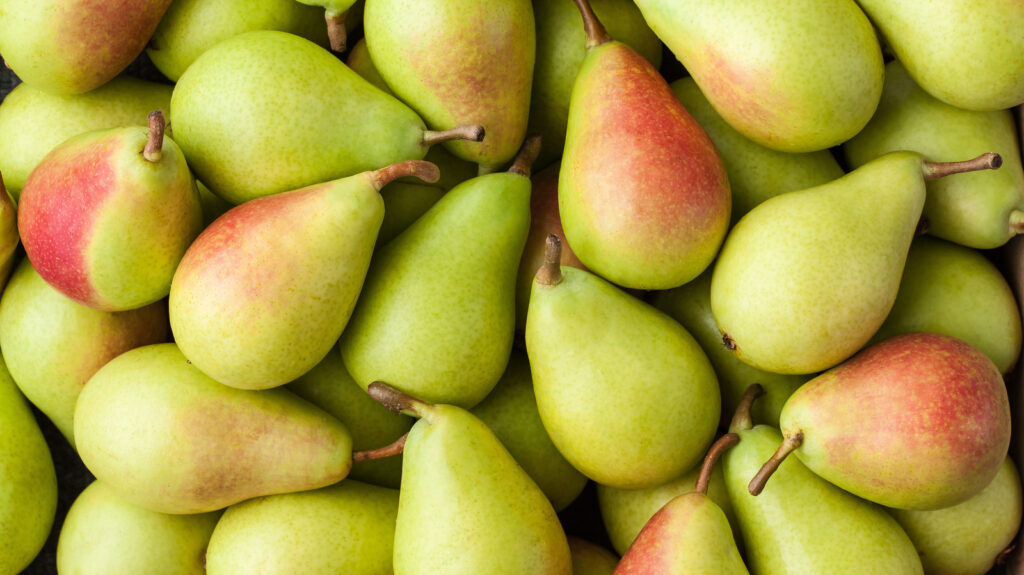Sugar Apple and Custard Apple are special tropical fruits with a creamy texture and a really good taste.
Even though their names sound alike, they are two different kinds of fruits. In this article, we will talk about what makes Sugar Apple and Custard Apple different. We’ll look at how they look, taste, what good things they have for your health, how to use them in cooking, and much more.
Table of Contents
- Sugar Apple
- Custard Apple
- Differences in Appearance
- Differences in Taste and Texture
- Nutritional Comparison
- Culinary Uses
- Health Benefits
- Growing Conditions
- Where to Find Them and How They Grow
- What’s the Same About Sugar Apples and Custard Apples?
- How to Choose Between Sugar Apple and Custard Apple
- Wrapping It Up
Sugar Apple
The Sugar Apple is also called Annona squamosa and it comes from tropical areas in the Americas. Its skin looks green and bumpy, like scales, and inside it has sweet, yummy fruit. It’s about the same size as a grapefruit and it becomes a bit squishy when ripe.
Sugar Apple tastes like a mix of pineapple, banana, and strawberry. Its flesh is smooth like custard, but with tiny black seeds that make it feel a bit grainy. Not only does Sugar Apple taste great, but it’s also full of good things like vitamin C, fiber, and minerals that are good for you.
People who love to cook use Sugar Apple in lots of different recipes. Most people like to eat it by itself, but it’s also yummy in smoothies, ice cream, dessert, and even drinks. Sugar Apple is a favorite for people who like to try new things in the kitchen.
Custard Apple
Custard Apple is also known as Annona reticulata. Like the Sugar Apple, it too is from tropical areas in the Americas. Its name comes from the fact that it has soft, creamy flesh. Custard Apple has bumpy green skin and looks really interesting.
When Custard Apple is ready to eat, its skin turns brown, and you can easily squish it with your hands. Inside, its flesh is white and super creamy, and it has no seeds like the Sugar Apple does. Custard Apple tastes really good, a bit like banana, pineapple, and vanilla, and it’s rich and buttery.
Custard Apple is also packed with healthy stuff. It has lots of vitamin C and fiber, and it can help your body fight off swelling. It’s also good for your tummy and can help with digestion.
In the kitchen, Custard Apple is perfect for making creamy desserts like puddings and mousses. But you can also blend it in smoothies or milkshakes, or even use it to add sweetness to savory foods.
Differences in Appearance
Although they belong to the same family of fruits called Annonaceae, Sugar Apple and Custard Apple look different. Sugar Apple’s green skin is covered with scales that make it look like an artichoke, but smaller and with bumps. Custard Apple, though, has a smoother green skin with big bumps on it.
In terms of size, Sugar Apple is generally bigger than Custard Apple. Sugar Apple has a shape that is like a heart or sometimes a little round, while Custard Apple has a more cone-like or long shape. You can tell these two fruits apart by how they look.
Differences in Taste and Texture
When you eat Sugar Apple and Custard Apple, you’ll notice they have their own special tastes and feelings. Sugar Apple has a combo of sweet flavors like pineapple, banana, and strawberry. It has a creamy, grainy texture because of its seeds.
Custard Apple, on the other hand, feels really creamy, like custard or pudding. It tastes wonderfully like banana, pineapple, and a touch of vanilla. Its smoothness makes it melt in your mouth and is a real treat for anyone who tries it.
Both of these fruits are sweet and nice to eat, but the differences in how they feel and taste make them unique and loved in their own ways.
Nutritional Comparison
Sugar Apple and Custard Apple both have really good things for your health, but they’re a bit different. Sugar Apple has lots of vitamin C, which is good for your body’s defenses and even makes your skin look good. It’s full of fiber for a happy tummy and has a few important minerals too.
Custard Apple also has plenty of vitamin C and fiber, which is great for your health. It has antioxidants that keep your body from getting hurt by bad things like stress. Plus, it has vitamin B6, which is needed for your brain to work well.
These fruits are naturally sweet, so you don’t have to use extra sugar, which makes them a healthier option than sugary treats.
Culinary Uses
Both Sugar Apple and Custard Apple can be used in lots of recipes. Sugar Apple’s tasty flesh is good in fruit mixes, salads, and sweet things like pastries and ice cream. Cooks love its flavor and texture and often use it to make desserts even more special.
Custard Apple is perfect for making your desserts really creamy. You can put it in cakes, fruit salads, or blend it up for drinks. It’s so versatile that you can try it in different types of food, whether sweet or savory, and see what awesome dishes you can make with it.
Health Benefits
Aside from being tasty, Sugar Apple and Custard Apple are really good for you. Sugar Apple’s vitamin C is good for your immune system and helps keep your skin looking nice. Its fiber is good for digestion and keeps your stomach feeling good.
Custard Apple’s vitamin C is great for keeping your body healthy and strong. Its power to fight off swelling is useful if you have any body aches or pains. The fiber in Custard Apple is also good for your tummy and prevents you from feeling too full or uncomfortable.
Adding Sugar Apple and Custard Apple into what you eat is a tasty way to care for your health.
Growing Conditions
The Sugar Apple and the Custard Apple are fruits that grow well in hot places. The Sugar Apple loves the warmth, doing best in temperatures between 68°F and 86°F (which is 20°C to 30°C). The soil should drain water well, but this fruit isn’t too picky—it can grow in sandy or loamy soil. Sugar Apple trees can get as tall as 20 feet and they like to be watered often.
The Custard Apple is also happy in the heat and needs temperatures from 68°F to 95°F (20°C to 35°C). Just like the Sugar Apple, it grows well in soil that lets water through easily and can handle different types of soil such as clay, loam, or sandy. Custard Apple trees can grow up to a height of 20 to 30 feet. These trees also need plenty of water to start growing and keep growing well.
Where to Find Them and How They Grow
You can find Sugar Apples growing in lots of hot places around the world. They are grown in places like Mexico, Brazil, India, Thailand, and the Philippines. When it’s the season for Sugar Apples, which changes depending on where they are grown, you can usually find them in local markets.
Custard Apples are grown in places that are very warm or just a bit warm. You can find them in India, Australia, Vietnam, and the islands in the Caribbean. They have a season too, usually from the end of summer to the beginning of winter, which can vary based on the place.
In areas where these fruits grow, you might find them in special fruit markets or local grocery stores.
What’s the Same About Sugar Apples and Custard Apples?
Sugar Apples and Custard Apples may be different in some ways, but they also have things in common. They come from the same plant family called Annonaceae. In some places, people call both these fruits “sugar apples.” They’re both creamy and sweet tasting and smell really nice.
You can sometimes use Sugar Apples or Custard Apples in the same recipes, like when you want to make a dessert or drink that tastes tropical. Both are great for adding a special fruity and sweet taste to foods.
How to Choose Between Sugar Apple and Custard Apple
If you’re trying to decide between a Sugar Apple and a Custard Apple, think about what you like.
Choose a Sugar Apple if you like a fruit that is a bit rough and tastes like pineapple mixed with banana. If you prefer your fruit to be really smooth and creamy, almost like a blend of banana and vanilla flavors, then the Custard lcd may be more your style.
Why not try both fruits? When you taste them, you can find out which one you like more.
Wrapping It Up
Sugar Apples and Custard Apples are fruits from warmer climates. They may look similar, but they each offer something special.
The Sugar Apple has a unique bumpy skin and a sweet, lovely scent with a somewhat grainy feel. The Custard Apple is softer in texture, with a delicious, creamy taste. Both fruits are good for us, can be used in lots of recipes, and have a special place in the traditions of where they come from.
Your choice between them depends on the flavors you enjoy. Give these fruits a taste, discover their distinct tastes, and let them bring you the joy of a tropical escape.
